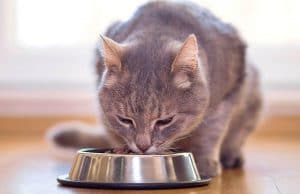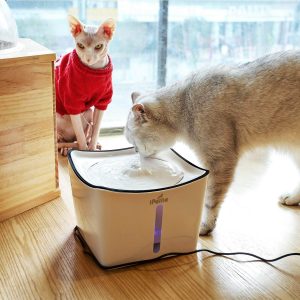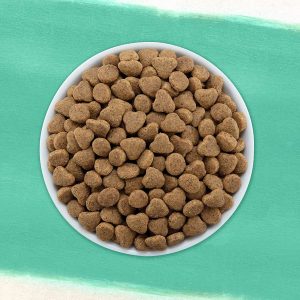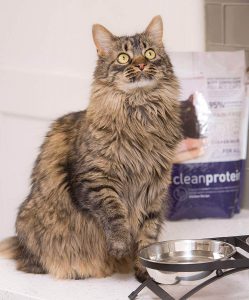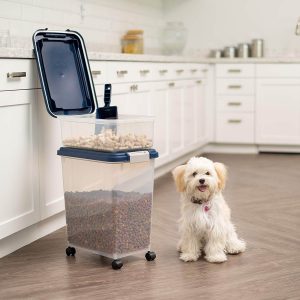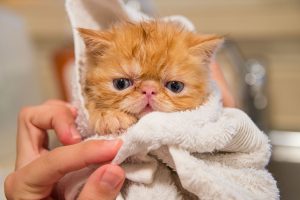Subscribe
0 Comments
Oldest

 Good elderly cat food will also contain nutrients that help support joint health and heart health. These include Omega fatty acids, glucosamine, and chondroitin. Added to a higher protein content, you’re looking at a much healthier elderly cat.
Good elderly cat food will also contain nutrients that help support joint health and heart health. These include Omega fatty acids, glucosamine, and chondroitin. Added to a higher protein content, you’re looking at a much healthier elderly cat. Cats vary widely in their lifespans, but a good general guideline is to begin to make the switch around seven years of age.
Cats vary widely in their lifespans, but a good general guideline is to begin to make the switch around seven years of age. You may want to try just giving them the new food in the beginning. If that works, then you’re good to go, not every cat needs a longer period of transition.
You may want to try just giving them the new food in the beginning. If that works, then you’re good to go, not every cat needs a longer period of transition. The most important ones are going to be for their joints and heart. Arthritis and other problems with joint degeneration can seriously mess up a cat’s quality of life. Supplementation with glucosamine, Omega fatty acids, and chondroitin is the go-to for joint problems, and the fatty acids will also help with health in general.
The most important ones are going to be for their joints and heart. Arthritis and other problems with joint degeneration can seriously mess up a cat’s quality of life. Supplementation with glucosamine, Omega fatty acids, and chondroitin is the go-to for joint problems, and the fatty acids will also help with health in general.
